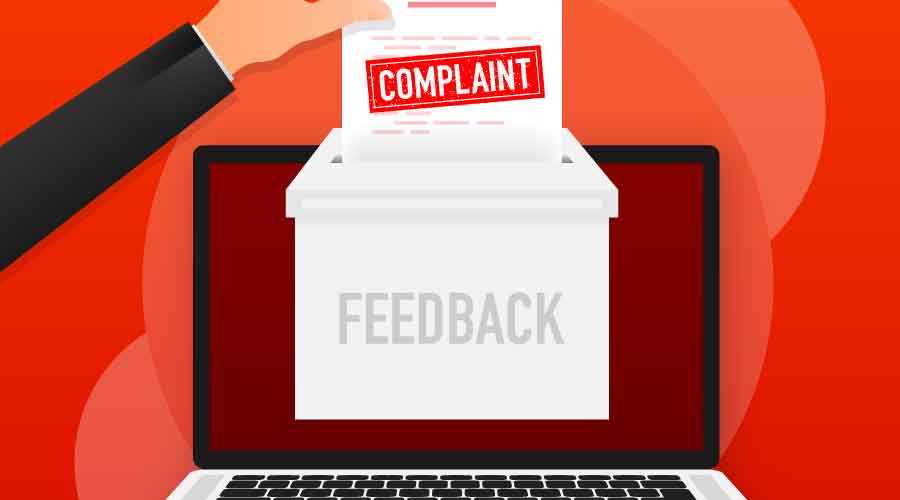Building Internet of Things Startups Are Rewriting The Rules
Part 1 of a 4-part article examining the role of startups in bringing Building Internet of Things tech to market.
(Photo caption: To save energy while providing daylight to patients, Humber River Hospital in Toronto installed intelligent electrochromic glass. The system’s software controls the tint level based on hospital parameters, the position of the sun, and cloud cover, but it also gives patients the ability to lighten or darken the shading from the same bedside terminal that provides access to email and television. Credit: View.)
Silicon Valley has reshaped one industry after another by using technology to make it easier, faster, and often cheaper to do things like shop, travel, and gather information. Facility management could be next in line for a shake-up. If that happens — and most experts say it’s a matter of when, not if — it will be, in no small part, thanks to startup companies offering Building Internet of Things (IoT) products.
Building IoT technologies — which range from pure software platforms based in the cloud to building materials like glass — are designed to provide or take advantage of building data. That data may come from the BAS, new sensors, or occupants, or it may come from outside the building. With that data, new technologies aim to improve occupant experience, reduce energy costs, or improve facility staff efficiency — sometimes, all of the above.
The number of Building IoT options has climbed sharply in the past few years, and the biggest reason is that a multitude of startups have entered the market. The proliferation of new companies, and the technology options they are offering, makes it increasingly possible that a facility manager will be doing business with a startup in the next few years. To navigate the emerging market, facility managers need to develop a sharp eye for the best products and companies and to begin to think about what their buildings will look like as the Building IoT gets built out.
“We’re in an exciting time where a lot of people have already enabled their buildings to be smart buildings,” says Lindsay Baker, president of Building Robotics, which offers machine-learning software that makes zone-by-zone dynamic adjustments of set points and schedules and enables occupants to get a brief immediate response from the HVAC system. Now, the rising interest in high-performance buildings has given organizations a new perspective on the value of making buildings smarter, healthier, and more productive. Compared to even five years ago, improving the quality of the building is “a real business driver,” says Baker.
More Options, Lower Costs
While startups are not the only source of Building IoT solutions — technology giants and incumbent building product manufacturers are also important players — the mushrooming number of new companies is bringing a wide range of fresh options to market. In many cases, those technologies don’t fall into familiar categories. Instead of controls, for example, the facility manager may be considering cloud-based platforms that offer data aggregation and analytics. What’s more, even among platforms, a quick survey of options will show a wide variation, with some designed to crunch numbers to provide better visibility of key performance parameters, some offering a degree of control as well as data visualization, and some tied to hardware like sensors.
“It is incredibly difficult for an FM to navigate this arena,” says Tom Willie, CEO of Blue Pillar, which makes a data and control platform that connects energy assets within facilities and portfolios. “Even (for companies) in this space, it’s kind of hard to ascertain who does what.”
But startups may offer important benefits to facility managers willing to do some homework. Some of these firms say they are coming to market at far lower price points than facility managers might expect for sophisticated technology. For example, says Vladi Shunturov, cofounder and CEO of Lucid, a developer of software to connect, analyze, and manage portfolio-wide building data, “the cost of putting scheduling in a building has dropped dramatically.”
The ability of a Building IoT solution to “scale” — that is, to expand easily across a building or even a portfolio — also has an economic impact, because facility managers can try out a new technology in a very small area. That allows for a test with discretionary spending to see if the technology actually works, rather than having to invest in a large project right away, says Jason Burt, head of engineering for BuildPulse, which makes a device that plugs into an existing BAS, maps data, and pushes it to the cloud.
Software-as-a-service (SaaS) pricing can also alter the economic equation for new building technology. In the traditional model, a facility manager pays money for a widget, and then owns the widget. “In a service model, the theory is there is no upfront cost,” Shunturov says. “You should just pay a subscription fee.”
One worry about startups is the risk that the company ultimately won’t make it. Even the startups themselves admit that’s a legitimate concern. The question is this: How should facility managers evaluate both the company and the product to decide if the benefits of the technology outweigh the risk that the startup will fail?
___________________
IoT Series
This is the second article in our ongoing Building Internet of Things series.
Read the first article about data here.
Read the third article about building automation systems here.
Read the fourth article about cybersecurity here.
Read the fifth article about LEDs here.
Read the sixth article about cross-industry collaboration here.
Read the seventh article about mobile here.
Read the eighth article about getting started with IoT here.
Related Topics:















